You don’t need to be a historian of pop to realise that having been part of a huge manufactured group is no guarantee of subsequent success. Most boy and girl band stars, after a brief flurry of passion, are forced to descend into the netherworld of panto, reality TV, and ever-diminishing returns from the actual music. The problem seems to be that the wider world doesn’t have the mental space to accept three, four or five people competing for attention. In almost every case, the wider world can only be bothered to embrace one person after the split, and it’s not always the one you expect.
Gary Barlow – the talent! – was meant to be the solo star from Take That; it turned out to be Robbie Williams. Nadine Coyle was the one who could sing in Girls Aloud, but Cheryl Tweedy got the career. Victoria Beckham dominated the post-Spice narrative, and she barely even bothered with music. Louis Tomlinson was part of the biggest boy band of them all, One Direction, so he has enough traction to just about fill Wembley Arena, but the post-1D star is clearly Harry Styles, now anointed as the dress-wearing, Shania Twain-duetting, think-piece-provoking king of pop, all things to all men, women and non-binary people.
Tomlinson decided, instead, to be ‘the indie rock one’ of the split (a role previously fulfilled by Mark Owen after Take That and Mel C after the Spice Girls). Even before he started singing you could see who his role models were: he ambled onstage to screams (the audience was almost entirely female, and very young), wearing a vintage England away shirt and Adidas trainers, rolling his shoulders like Liam Gallagher. The music, by and large, cleaved to that model – Tomlinson’s solo album, Walls, is fundamentally Britpop after the fact – and it was all very amiable, though it was a little startling how much more interestingly constructed the old 1D song ‘Little Black Dress’ was – and it wasn’t even a single – than anything from Walls.
Stagecraft is not really Tomlinson’s forte: he limited himself to the occasional ‘arena point’ to the back of the room, and twice halted tracks to lead his band from the stage, the second time for ten minutes, without explanation. I think it was because girls kept fainting, but it might as well have been because he had an ingrowing toenail for all he shared with us. It was diverting, and to see that level of excitement in a crowd is always a delight. Tomlinson seems like a nice enough chap, and he’s certainly not bad – he managed more writing credits with One Direction than any of his group mates. But I would be surprised if his next tour included arenas, to be honest. His audience will be older, and they may well have discovered by then that there are people who do rock better.
I bet Tomlinson wishes he could be like Paul Weller. When he split the Jam 40 years ago he didn’t worry about the other two stealing his limelight, because he was the one with all the talent and all the charisma. Now he makes the albums he wants, plays the shows he wants, and his crowd – diametrically opposite in composition to Tomlinson’s – treats him like a demigod. I will confess to having not seen him live since the absolute nadir of his career in 1990 (when he had tried relaunching himself as the Paul Weller Movement, prompting jokes about how crap he had become). More fool me, really.
It’s not just that the set included three of the best British pop songs of the past half-century – ‘You Do Something To Me’, ‘That’s Entertainment’, ‘Town Called Malice’ – as well as a handful of others that sit just below that very top rank. It’s that he covered so much ground without ever losing sight of the essential Wellerness of it all – there was faux metal, cocktail funk, deep soul, a Motown medley, pastoral folk, psychedelia and more (he’s far from the arch musical conservative he is sometimes derided as). Everything Weller loves filters back into his own music, and it became like listening to a jukebox, demonstrating how white and black music have fed into each other over decades.
And here’s an irony: the standout of the show was a song from the early-1990s nadir, ‘Into Tomorrow’, a piece of very English, awry psychedelia that morphed into a funky percussion jam. Perhaps it was the rest of us who were wrong back then, rather than him. He showed, too, how to let a set – it was long, at two hours – build and relax and then climax. You watched him and thought: he really, really knows what he’s doing. If I were Louis Tomlinson, I’d definitely want to be like Weller.
Got something to add? Join the discussion and comment below.
Get 10 issues for just $10
Subscribe to The Spectator Australia today for the next 10 magazine issues, plus full online access, for just $10.
You might disagree with half of it, but you’ll enjoy reading all of it. Try your first month for free, then just $2 a week for the remainder of your first year.

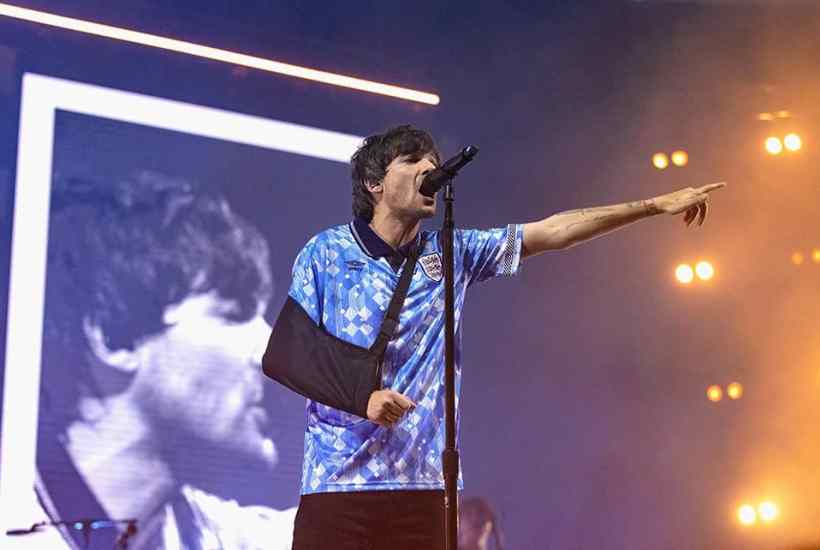
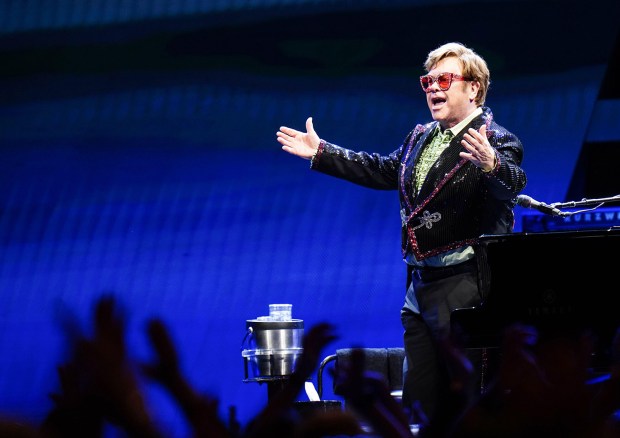
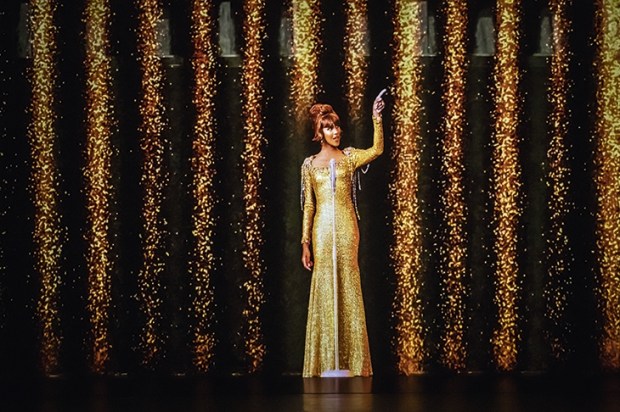
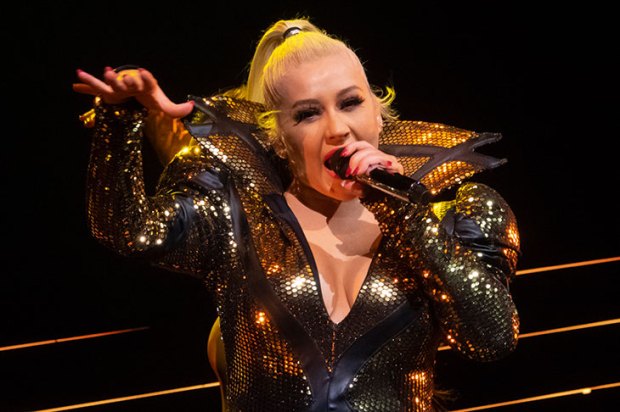
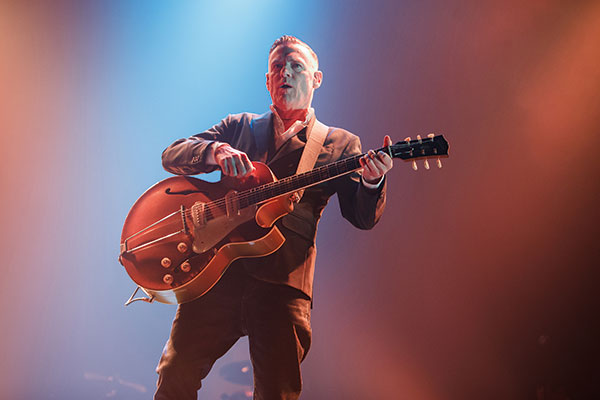
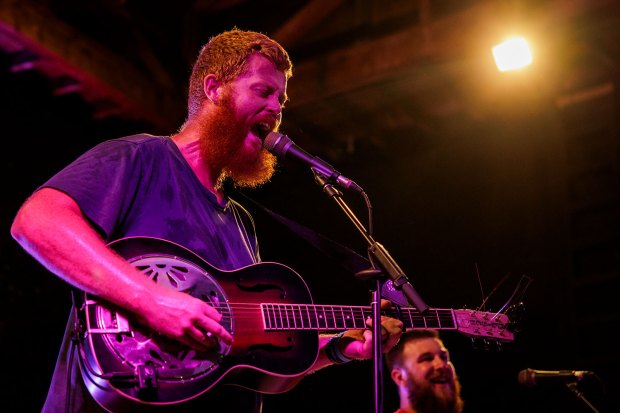
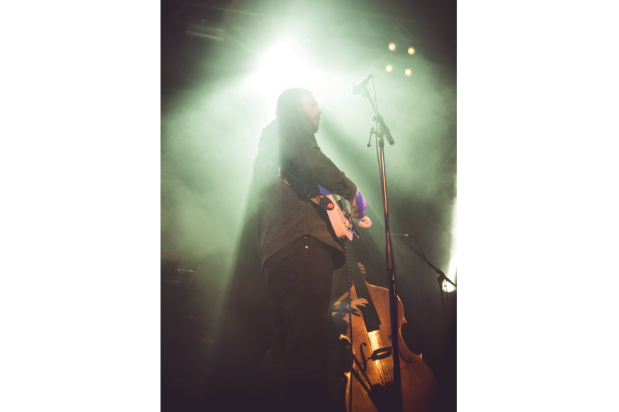






Comments
Don't miss out
Join the conversation with other Spectator Australia readers. Subscribe to leave a comment.
SUBSCRIBEAlready a subscriber? Log in